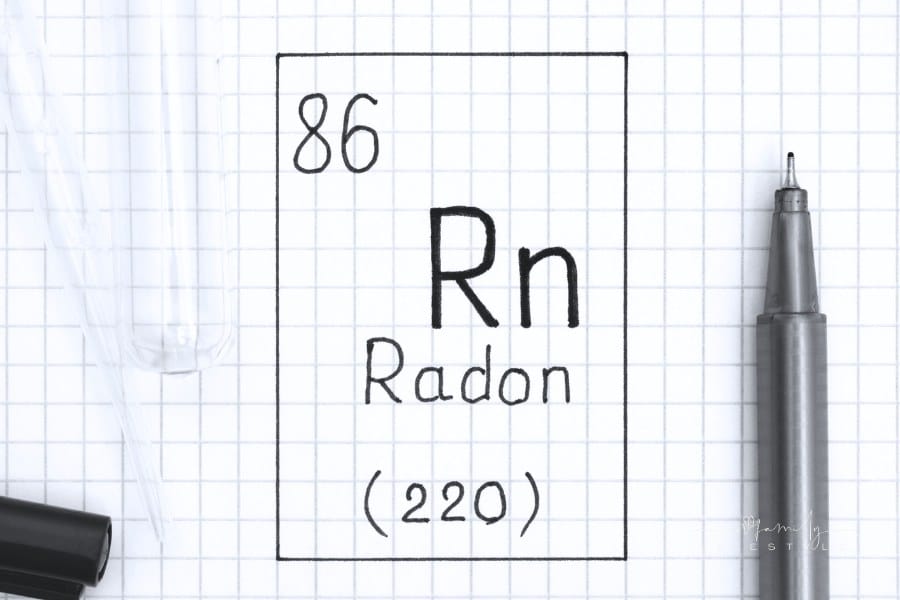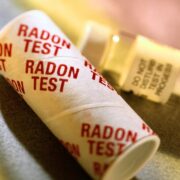Why is Measuring Temperature, Pressure, and Humidity Important in Radon Testing?
Measuring temperature, pressure, and humidity (T, P, H) is crucial when testing for radon because these environmental factors can significantly affect the accuracy of radon level readings.
Radon, an odorless and invisible radioactive gas, poses a serious health risk through prolonged exposure and is linked to lung cancer.
Defined procedures and reliable measurements are essential for assessing radon levels in both air and water, as detailed in the WHO Handbook on Indoor Radon.
Temperature influences the behavior of radon gas, affecting its distribution within indoor environments.
High temperatures can cause radon to rise, leading to higher concentrations at higher points within a room. Conversely, low temperatures may lead to radon concentrating at lower levels.
Pressure also impacts radon measurements; variations in atmospheric pressure can alter the rate at which radon enters a building from the soil.

An understanding of pressure conditions during testing can provide insights into the potential for radon entry and accumulation.
Humidity levels can affect the performance of certain radon detection devices. Some measurement technologies may give inaccurate readings if the humidity is too high or too low.
By monitoring humidity along with temperature and pressure, individuals can enhance the reliability of radon tests conducted in homes and other buildings.
Given the health implications of radon exposure, accurate testing informed by these environmental parameters is vital in the assessment and mitigation of radon risks.
Fundamentals of Radon Testing
Accurate radon testing is vital to assessing and managing the risks associated with radon exposure. Utilizing appropriate radon testing equipment is critical for ensuring the precision and reliability of measurements.
Measuring Radon Concentration
The primary goal of radon testing is to determine the radon concentration in a given indoor environment. Continuous Radon Monitors (CRMs) are commonly used for this purpose. These sensitive devices are designed to provide hourly readings and can be used for both short-term and long-term testing periods. For instance, the Model 1030™ RadonSentinel offers high sensitivity for precise radon measurement.
Importance of Test Conditions
Maintaining controlled test conditions is imperative for accurate radon testing. This includes closed-house conditions prior to and during the test, proper placement of the testing device away from drafts, high humidity, and other factors that might affect the reading. The closed-building procedures ensure that the test accurately reflects the radon levels typically experienced in the building.
Radon Measurement Units
Radon levels are reported in picocuries per liter (pCi/L) in the United States. Internationally, measurements are often reported in becquerels per cubic meter (Bq/m³). These units reflect the radioactivity of radon gas present in the air. The Model 1028 XP measures radon with precision, and its data can guide homeowners or professionals in radon mitigation if necessary.
Implications of Temperature, Pressure, and Humidity
Measuring temperature, pressure, and humidity (T, P, H) is critical when testing for radon as they significantly affect radon concentration levels and the accuracy of detection methods.
Temperature Influence on Radon Measurement
The temperature affects the diffusion coefficient of radon gas, influencing its movement through materials and in the air. When temperatures are higher, radon moves more quickly, potentially leading to higher readings. Conversely, cooler temperatures may reduce radon diffusion rates, potentially resulting in lower concentration measurements.
Pressure Impact on Radon Levels
Atmospheric pressure plays a role by influencing radon’s entry into a building. Low atmospheric pressure can enhance radon’s seepage from the soil into buildings, leading to elevated indoor radon levels. Conversely, high pressure may help contain radon below the surface, potentially reducing the levels that enter a structure.
Conclusion
Measuring temperature (T), air pressure (P), and humidity (H) is essential in radon testing as they influence radon’s behavior and, consequently, detection accuracy.
Accurate measurements can ensure the reliability of test results and guide appropriate mitigation strategies. Regular monitoring and the use of radon mitigation techniques can effectively reduce risks associated with radon exposure.


